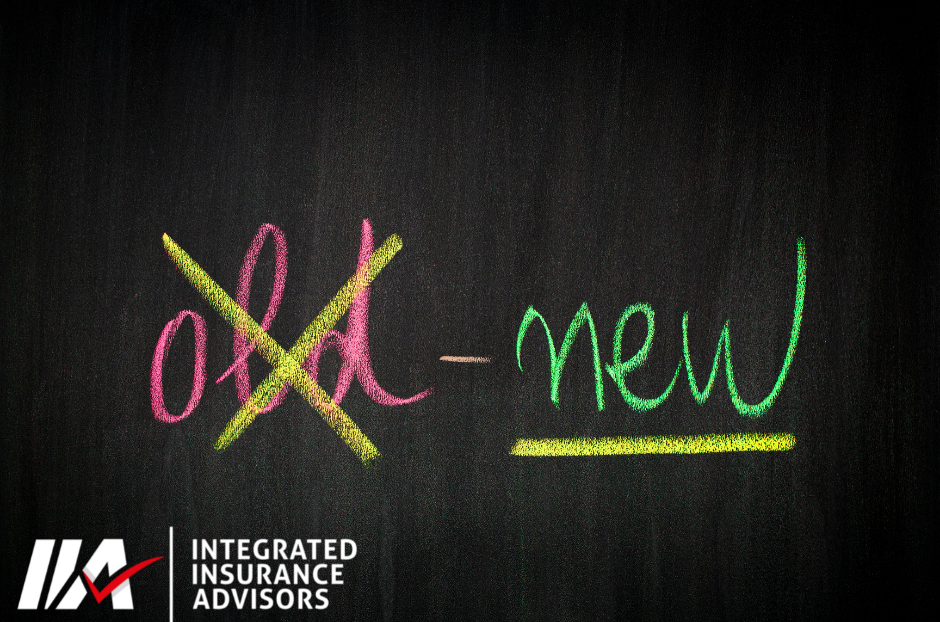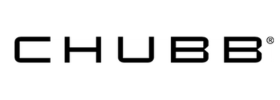Actual Cash Value versus Replacement Cost
Actual Cash Value (ACV) and Replacement Cost Value (RCV) are two common methods of determining the value of assets, particularly in the context of insurance claims. These approaches are used to assess the worth of personal property, real estate, and other items in the event of damage or loss. Understanding the differences between ACV and RCV is essential for individuals and businesses alike, as it can significantly impact the amount of reimbursement received from an home insurance policy.
Actual Cash Value (ACV)
Actual Cash Value refers to the current market value of an item, taking into account its depreciation over time. In other words, ACV represents the amount it would cost to purchase a similar item at its current age and condition. This method is often used by insurance companies to determine the payout for a claim, as it considers the wear and tear the item has experienced since it was initially acquired.
To calculate the ACV of an item, the insurance adjuster considers the original cost of the item, the item’s age, and the depreciation rate. The depreciation is often determined using a specific formula, which may vary depending on the type of item and the insurance policy terms. Once the depreciation is calculated, it is subtracted from the original cost to arrive at the ACV.
Replacement Cost Value (RCV)
Replacement Cost Value, on the other hand, refers to the cost of replacing an item with a new, identical, or similar one without considering depreciation. This method is based on the principle that the insured should be able to replace the damaged or lost item with a new one, restoring the individual or business to their pre-loss condition. RCV is generally considered more favorable to the policyholder, as it typically results in a higher payout than ACV.
Calculating RCV is relatively straightforward, as it simply involves determining the current market price of a new item that is identical or similar to the one that was damaged or lost. This amount is then used as the basis for the insurance claim payout.
Comparison and Impact on Insurance Policies
The primary difference between ACV and RCV lies in how depreciation is factored into the valuation of an item. ACV takes depreciation into account, while RCV does not. As a result, ACV typically results in lower payouts, as the item’s age and wear and tear are considered. Conversely, RCV offers a more comprehensive level of coverage, as it allows the insured to replace the item with a brand-new equivalent.
When selecting an insurance policy, it is crucial to consider the implications of ACV and RCV on potential claim payouts. Policies with RCV coverage tend to have higher premiums, as they offer more extensive protection. However, this increased coverage can be advantageous in the event of a claim, as it enables the insured to replace their lost or damaged items without incurring significant out-of-pocket expenses.
In contrast, policies with ACV coverage typically have lower premiums, making them a more cost-effective option for those looking to minimize their insurance expenses. However, these lower premiums come at the expense of reduced coverage, as claim payouts will be based on the depreciated value of the item.
In conclusion, the choice between Actual Cash Value and Replacement Cost Value largely depends on the individual or business’s priorities and needs. Those seeking more comprehensive coverage and higher claim payouts may opt for a policy with RCV, despite the higher premiums. Conversely, those looking to minimize insurance costs may choose a policy with ACV coverage, accepting the trade-off of potentially lower claim payouts. Understanding the differences between ACV and RCV is essential when selecting an home insurance policy to ensure that it provides the desired level of protection and financial security.
For example, the $300 grill you bought 2 years ago is only worth $150 now but costs $350 to replace today. What type of coverage do you want?




























